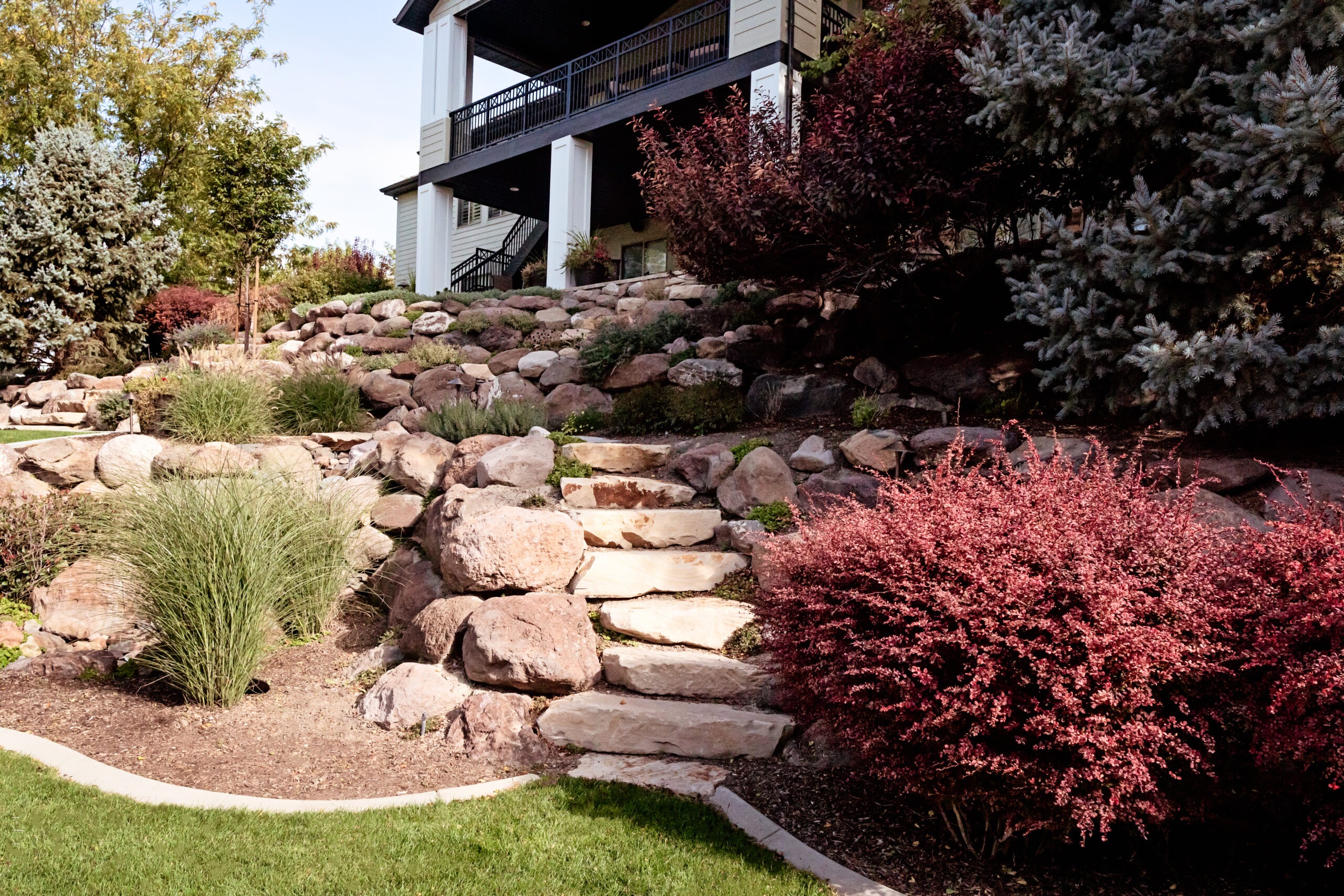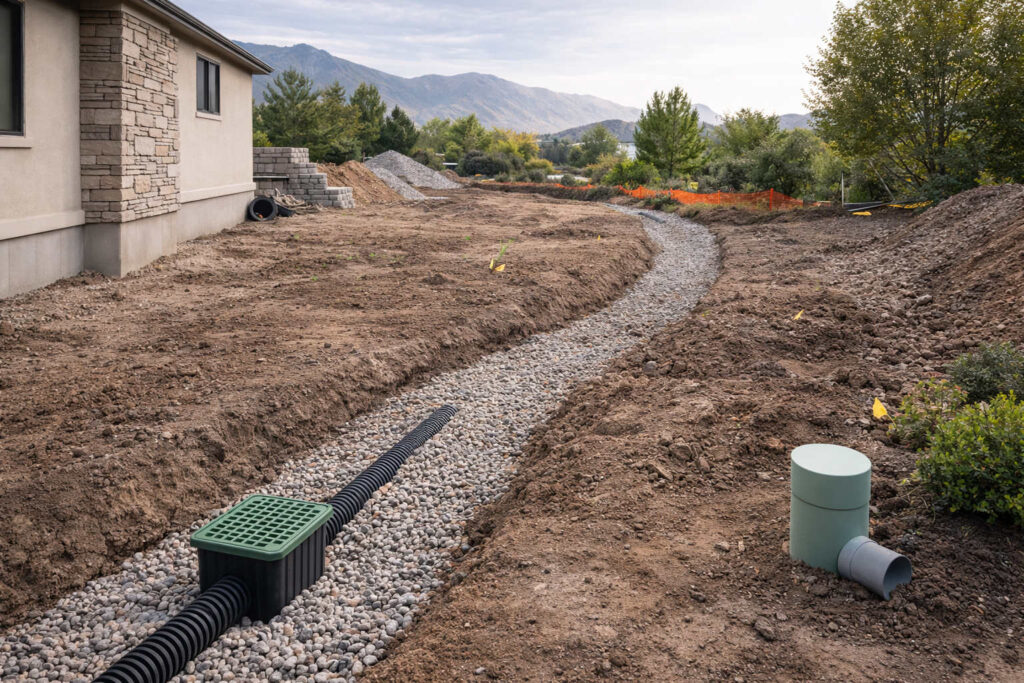Creating a drought-resistant landscape is becoming increasingly important, especially in regions prone to water shortages and dry conditions. By adopting smart, water-efficient landscaping strategies, you can maintain a beautiful and sustainable outdoor space that thrives despite limited water availability. This detailed guide will provide you with essential tips and techniques to achieve a drought-resistant landscape, ensuring your garden remains vibrant and healthy year-round.
Understanding Drought-Resistant Landscaping Drought-resistant landscaping, also known as xeriscaping, focuses on designing and maintaining outdoor spaces that require minimal water. This approach involves selecting appropriate plants, improving soil health, and implementing efficient irrigation systems to conserve water while maintaining aesthetic appeal.
Benefits of Drought-Resistant Landscaping Embracing drought-resistant landscaping offers numerous advantages, including:
- Water Conservation: Reducing water usage by up to 50-75% compared to traditional landscaping.
- Lower Maintenance: Drought-tolerant plants and efficient irrigation systems require less frequent watering and upkeep.
- Environmental Sustainability: Conserving water resources and reducing the need for chemical fertilizers and pesticides.
- Cost Savings: Lower water bills and reduced maintenance expenses.
Designing a Drought-Resistant Landscape
Choose Drought-Tolerant Plants Selecting the right plants is crucial for a successful drought-resistant landscape. Opt for native and drought-tolerant species that thrive in your local climate and require minimal water. Popular drought-tolerant plants include:
- Succulents: Such as agave, sedum, and echeveria.
- Perennials: Like lavender, yarrow, and Russian sage.
- Grasses: Including blue fescue, switchgrass, and buffalo grass.
- Shrubs: Such as manzanita, rosemary, and juniper.
Group Plants by Water Needs Organize your garden by grouping plants with similar water requirements together. This method, known as hydrozoning, ensures that each plant receives the appropriate amount of water and prevents over- or under-watering.
Reduce Lawn Areas Traditional lawns are water-intensive and often struggle in drought conditions. Consider reducing the size of your lawn or replacing it with drought-tolerant ground covers, such as clover or creeping thyme. Alternatively, incorporate hardscaping elements like patios, walkways, and decorative gravel to minimize water use.
Improving Soil Health
Amend Soil with Organic Matter Healthy soil retains moisture more effectively, reducing the need for frequent watering. Improve your soil by incorporating organic matter, such as compost or well-rotted manure. This practice enhances soil structure, promotes root growth, and increases water-holding capacity.
Mulch Your Garden Beds Apply a layer of mulch around your plants to retain soil moisture, regulate temperature, and suppress weed growth. Organic mulches, such as wood chips, straw, or shredded leaves, break down over time and enrich the soil. Ensure the mulch layer is 2-4 inches thick for optimal benefits.
Efficient Irrigation Techniques
Drip Irrigation Systems Drip irrigation delivers water directly to the roots of plants, minimizing evaporation and runoff. This system is highly efficient and ideal for garden beds, shrubs, and trees. Install drip lines or soaker hoses to ensure your plants receive consistent moisture with minimal water waste.
Smart Irrigation Controllers Smart irrigation controllers adjust watering schedules based on real-time weather data, soil moisture levels, and plant water needs. These systems optimize water usage, ensuring your landscape receives the right amount of water at the right time. Invest in a smart controller to enhance your irrigation efficiency.
Water Early in the Morning Watering your plants early in the morning reduces evaporation and allows the soil to absorb moisture before the heat of the day. Avoid watering during the hottest part of the day or in the evening, as this can lead to water waste and promote fungal growth.
Incorporating Hardscaping Elements
Install Permeable Pavers Permeable pavers allow water to infiltrate the ground, reducing runoff and promoting groundwater recharge. Use permeable materials for driveways, walkways, and patios to enhance water efficiency in your landscape.
Create Rain Gardens Rain gardens are designed to capture and filter rainwater, reducing runoff and providing a water source for plants. Choose native, water-tolerant plants for your rain garden and position it in a low-lying area of your yard to collect runoff from roofs, driveways, and other surfaces.
Use Decorative Gravel and Stones Incorporate decorative gravel, stones, and boulders into your landscape design to reduce the need for water and maintenance. These elements add texture and visual interest while minimizing water usage.
Maintaining Your Drought-Resistant Landscape
Regular Soil Testing Test your soil regularly to monitor its health and nutrient levels. Adjust your soil amendments and fertilization practices based on the results to ensure your plants receive the necessary nutrients for optimal growth.
Prune and Deadhead Plants Regularly prune and deadhead your plants to encourage healthy growth and remove dead or diseased foliage. Proper pruning techniques promote air circulation and reduce water demand by directing resources to healthy parts of the plant.
Monitor for Pests and Diseases Keep an eye out for pests and diseases that can stress your plants and increase water needs. Implement integrated pest management (IPM) practices to control pests naturally and reduce the need for chemical treatments.
Long-Term Water Conservation Strategies
Collect and Use Rainwater Install rain barrels or cisterns to collect and store rainwater for use in your garden. This practice reduces your reliance on municipal water supplies and provides a free, sustainable source of water for your plants.
Implement Greywater Systems Greywater systems recycle water from household activities, such as laundry, dishwashing, and bathing, for use in your landscape. Ensure your greywater system is properly designed and meets local regulations for safe and effective use.
Educate and Involve Your Community Promote water conservation practices in your community by sharing your knowledge and experiences. Encourage neighbors and local organizations to adopt drought-resistant landscaping techniques and participate in community-wide conservation efforts.
Conclusion Achieving a drought-resistant landscape involves a combination of smart plant choices, efficient irrigation techniques, soil improvement, and strategic design. By implementing these water-efficient strategies, you can create a beautiful, sustainable outdoor space that thrives in dry conditions. Embrace these eco-friendly practices and enjoy a lush, resilient landscape that conserves water and supports environmental sustainability.
”);



